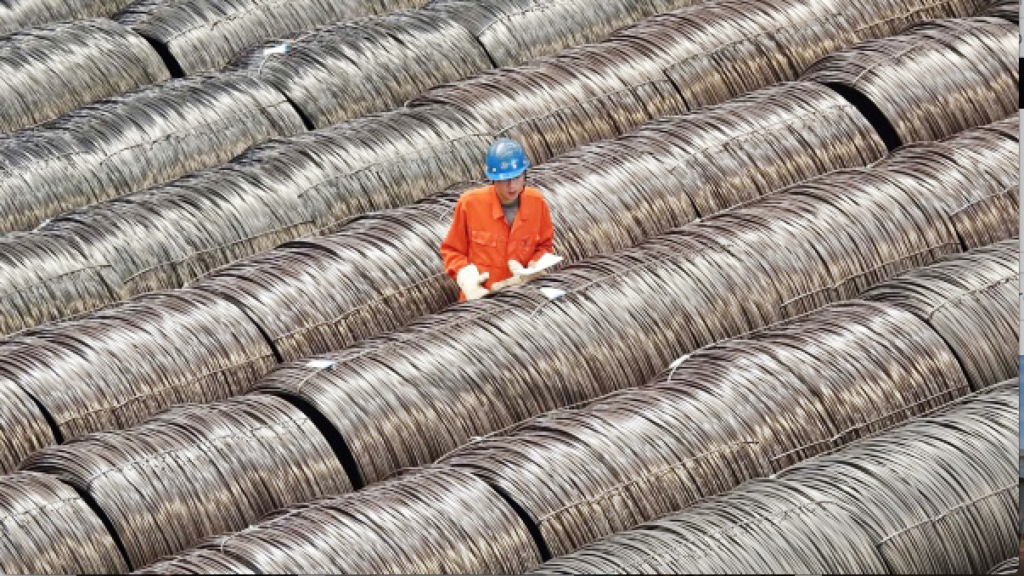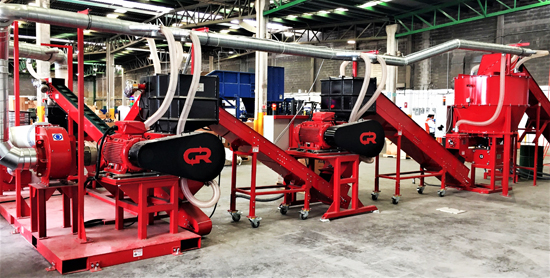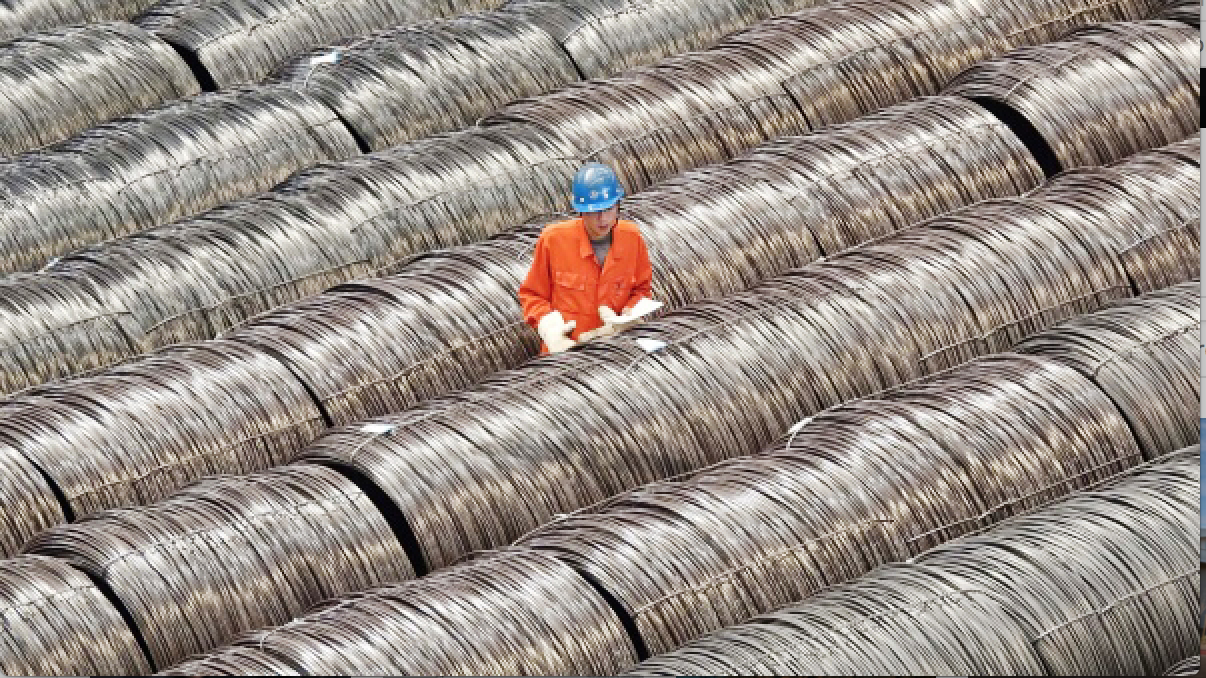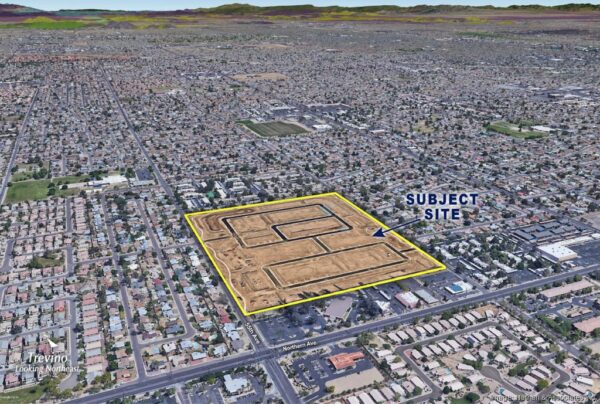
By Mike Maciag | Governing
President Trump’s announcement of tariffs on imported steel and aluminum last week was greeted with praise from American steelworkers who have witnessed the slow decline of their industry over several decades.
But the proposal, if implemented, is expected to significantly raise the cost of the two metals, carrying potential consequences for local economies across the country.
The most recent Labor Department employment estimates show only a select few regions would receive a boost from increased domestic aluminum and steel production. A much larger number of economies, however, are closely tied to industries likely to be hit by steeper costs.
Local officials and economists that Governing interviewed expressed unease about the tariffs’ possible effects on their economies. “We’re quite concerned about this,” says Detroit Regional Chamber President Sandy Baruah. “These global supply chains are so tightly integrated, and they are price-sensitive.”
Trump’s proposal calls for a 25 percent tariff on steel imports and a 10 percent tariff on aluminum. Further details are unclear, but Trump on Monday floated the possibility of canceling the tariffs if a new NAFTA agreement deemed to be fair to the U.S. is reached. Failing that, administration officials indicated the president could sign the tariffs later this week or next week, despite strong opposition from congressional leaders.
Two segments of the economy tracked in the Labor Department’s Quarterly Census of Employment and Wages most certain to benefit are “iron and steel mills” and aluminum production. They collectively accounted for 139,000 jobs as of June 2017, or about 0.1 percent of the nation’s workforce. The American Iron and Steel Institute pegs total employment for the entire steel industry at 140,000.
Businesses in the Youngstown-Warren-Boardman, Ohio, metro area, cheered Trump’s announcement. The blue-collar region, a traditionally Democratic stronghold before Trump carried it in 2016, had the highest concentration of jobs nationally in the two industries identified in federal employment data. “There’s a feeling of hope in Youngstown,” says Regina
Mitchell, who co-owns two steel businesses. “This generation has watched all the jobs go to the wayside.”
Mitchell anticipates that a lower volume of available steel would drive up prices, advancing her steel wholesale business.
The Chicago metro area, which includes several steel mills in northern Indiana, recorded about 17,000 steel and aluminum jobs last year — the highest tally in terms of raw numbers.
Still, only a handful of areas are home to more than a couple thousand employees working in such facilities. That’s largely because machines and automation have enabled companies to maintain production levels with far slimmer payrolls than before.
Metro areas shown reported the most jobs in two industry classifications most likely to benefit from tariffs. SOURCE: BLS Quarterly Census of Employment and Wages, June 2017 data for NAICS 3311 and 3313
Many of the same economically depressed regions eagerly anticipating the expansion of steel mills, however, could experience negative ripple effects from higher prices in other areas of their economies.
For example, metal fabricators and businesses purchasing raw materials from nearby plants would likely contend with higher prices. The Fabricators & Manufacturers Association, International, issued a statement emphasizing that tariffs would put jobs and job creation at risk. According to Labor Department data, these jobs are heavily concentrated in places like Sheboygan, Wisc.; Elkhart, Ind.; and other parts of the industrial Midwest.
There’s no indication so far that tariffs would also apply to finished goods, meaning fabricators and manufacturers would incur higher purchasing costs than foreign competitors are subject to. This concerns Mitchell, who says leaving out manufactured finished goods from any tariffs could yield unintended consequences for her other business specializing in fabricating and machining. “We’re going to be at a greater disadvantage as a manufacturer because we will only have access to the higher cost steel,” she says.
One large segment of the economy that’s most liable to see production costs rise is auto manufacturing. “If prices go up for final assembled automobiles, that’s going to have a downward pressure on sales, which will have downward pressure on employment,” Baruah of the Detroit Regional Chamber says.
Further down the supply chain, auto parts manufacturers employ nearly 600,000 workers nationwide. Higher metal costs could carry potential ramifications for a place like Kokomo, Ind., where these employers account for a huge portion — 30 percent — of the metro area’s workforce.
Associations representing numerous industries have largely denounced the proposed tariffs, warning of potential cuts to jobs or wages.
It’s difficult to approximate what the eventual effects of any tariffs might actually be, though, partially because further details on the proposed tariffs haven’t yet been announced. Much of the steel used in Detroit’s manufacturing facilities is imported from Canada, for example. Baruah says he’ll be watching for whether Canada is excluded from any tariffs and, if not, how the country responds.
The Trade Partnership, a consulting firm, published a report estimating that the tariffs would increase metals industry employment by about 33,000 jobs — but lead to the elimination of 179,000 jobs in other industries.
Machinery manufacturers would likely similarly see costs rise under the tariffs. Many smaller regions rely significantly on these jobs, such as Caterpillar in Peoria, Ill., or John Deere in the Waterloo–Cedar Falls, Iowa, metro area.
Nicole Crain of the Iowa Association of Business and Industry expressed concern over what the tariffs might mean for the state’s small localities supported by large agriculture equipment manufacturers. “In a lot of places, these are the best jobs in those areas,” she says, “They’re really the lifeblood of the community.”
Crain more broadly worries that the tariffs could hinder trade. In 2016, the state’s exports totaled $12.1 billion.
Higher metal costs could further be passed along to the construction sector. Oil and gas companies, too, purchase large quantities of steel for infrastructure. Louisiana economist Loren Scott told The Advocate that he’s worried some energy companies might rethink plans for large-scale construction projects in the state that aren’t yet underway if costs increase.
Other industries where high steel and aluminum costs could prove to be more taxing include aerospace, shipbuilding and manufacturers of electrical equipment and appliances.
While steel and aluminum prices would climb, those effects would pale in comparison to a potential trade war. Those fears roiled global markets in the days following Trump’s announcement and prompted pushback from several world leaders.

Many employers in Seattle, where Boeing’s large manufacturing facility is located, likely would incur higher purchasing costs if tariffs are imposed. But with about 40 percent of local jobs tied to international trade, city officials are even more concerned about the prospect of a trade war.
“When we think about international relationships being put at risk, we have to ask what that means for our workforce and attracting talent,” says Rebecca Lovell, director of the city’s office of economic development.
The Seattle region is served by a major shipping port. Several major tech companies there, too, do business around the world. “With everything from aircrafts to apples, it could have an incredible ripple effect,” Lovell says.
Metro Area Employment Data
The following large industries are among those most likely to be affected by higher steel and aluminum prices. Employment totals, current as of last June, are shown for metro areas with more than 1,000 workers. The location quotient represents the concentration of jobs in a region, with higher values meaning an industry’s share of jobs is higher than that of the national economy. Some metro areas not listed may employ more than 1,000 workers in these industries, but the Labor Department did not publish estimates for them.












